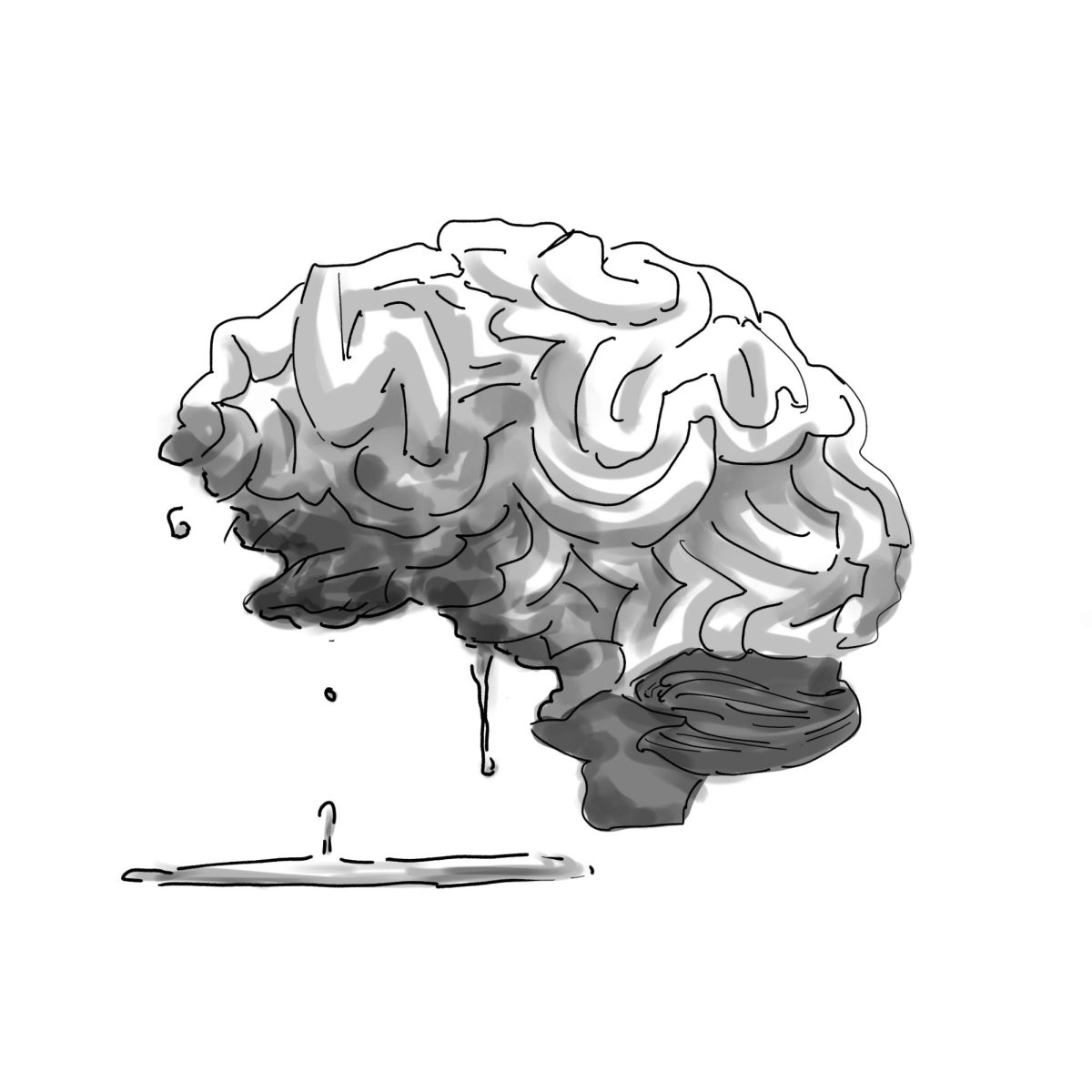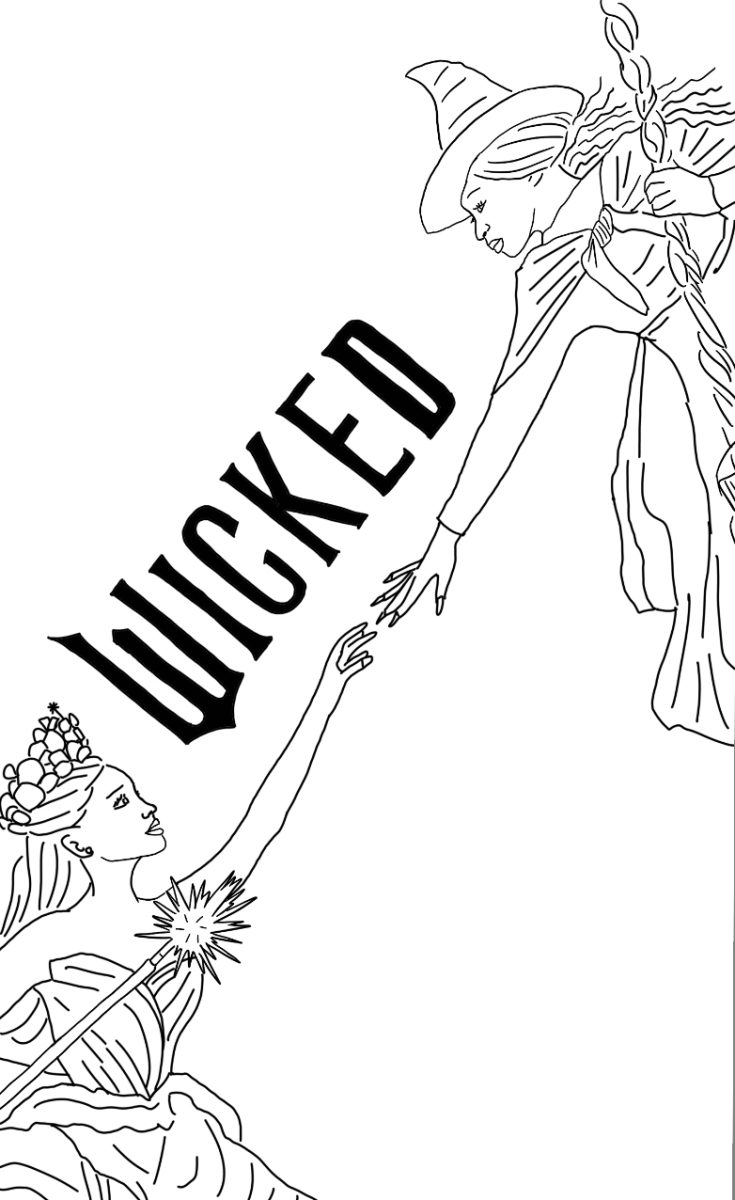Feeling Lucky
March 22, 2019
Around St. Patrick’s Day we hear “Luck of the Irish” a lot. There is no real proof that Irish people are lucky. In fact, historically, they have proven to be pretty unlucky (think, potato famine). However, lucky charms and superstitions can give people confidence in a positive outcome. And if you are being optimistic and feeling confident, then it is likely that you will have a positive outcome. So maybe lucky charms and superstitions actually work.
OBJECTS
Objects are a common lucky charm. For example, four leaf clovers are an ancient Irish symbol of luck. The four leaves supposedly have mystical powers representing faith, hope, love and luck. Lucky horseshoes have a few legends around them. One story says that St. Dunstan, who died in 988 AD, made a deal with the devil that he would stay away from any house with a horseshoe on the door. Fuzzy Dice are a symbol of luck because many games of chance are played with dice. During World War II they became popular because many fighter pilots would fly missions with lucky dice because they thought it would help their chances of making it home safe. The lucky rabbit foot originated from hoodoo magic. The legend says that the left hind foot of a rabbit that is captured in a cemetery at night can ward off evil magic. Luckily for us, you can purchase rabbits feet charms now. Imperial Garden Lions or Fu dogs are seen outside of many buildings, especially in Asia. They are placed in pairs outside ones homes, and palaces and temples to ward off burglars and thieves. Finally, a laughing Buddha statue is supposed to be very lucky because it uses Buddha’s spiritual wealth to bring material wealth.
ANIMALS
Many cultures believe that ladybugs bring luck. In Germany they are literally called “Glueckskaefer”- lucky bug. Some cultures believe that if a ladybug lands on you your luck will improve. Others think that if a man and a woman see a ladybug at the same time, they will fall in love. A large number of ladybugs in the spring indicated to farmers that there would be a good harvest. In feng shui, goldfish are said to attract luck. In Germany, lucky pigs “Glucksschwein” are given as gifts to wish people a lucky New Year. Turtles are also considered lucky because of their lifespan. The Ancient Egyptians thought beetles were lucky. Crickets are also a sign of good luck especially in Asian and Native American cultures. It is terrible luck to kill a cricket. In some Asian cultures, they believe crickets protect houses, because they will stop chirping whenever danger is near.
PLANTS
Bamboo is considered a lucky charm. The more stalks a bamboo plant has, the more luck it’s supposed to bring. A plant with 3 stalks is said to bring happiness, wealth and longevity to the owners. The Norse god Thor was associated with acorn trees because of their ability to withstand lightning. So an acorn is a symbol of power and youthfulness. Many Norse people put them in the window sills of their homes to ward off lightning. During the Norse invasion, Englishmen carried acorns in their pockets for good luck.
ACTIONS
Knocking on wood is supposed to ward off bad luck. Crossing your fingers is also said to help those wishing for luck. There are also many snow day superstitions. One is to turn your pajamas inside out and wear them to sleep. Another says you should place an ice cubes in the toilet and flush them (one for each inch of snow you want). You can also try to sleep with a spoon under your pillow, or eat ice cream for dinner.
AVOIDING BAD LUCK
Of course, there are things that people believe should be avoided to repel bad luck.
Walking under a ladder, avoiding the path of a black cat or bird, being careful not to break a mirror, or opening umbrellas inside are all examples. And in general, avoiding risky activities near Friday the 13th is another superstition. In Turkey, India Japan and South Korea, it is bad luck to trim your finger or toenails after dark. In Russia, whistling indoors is not advised.


























